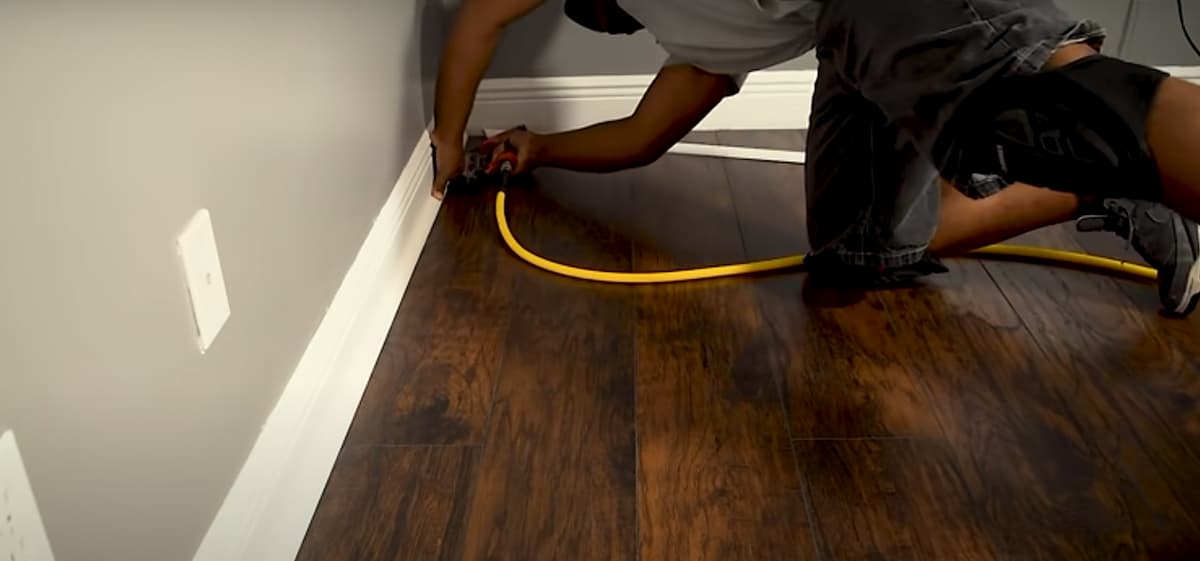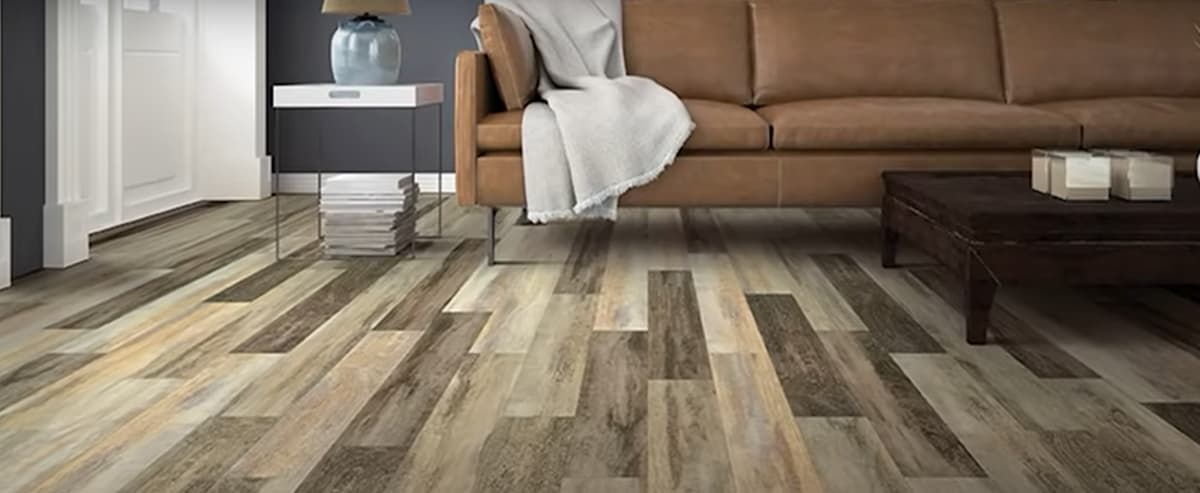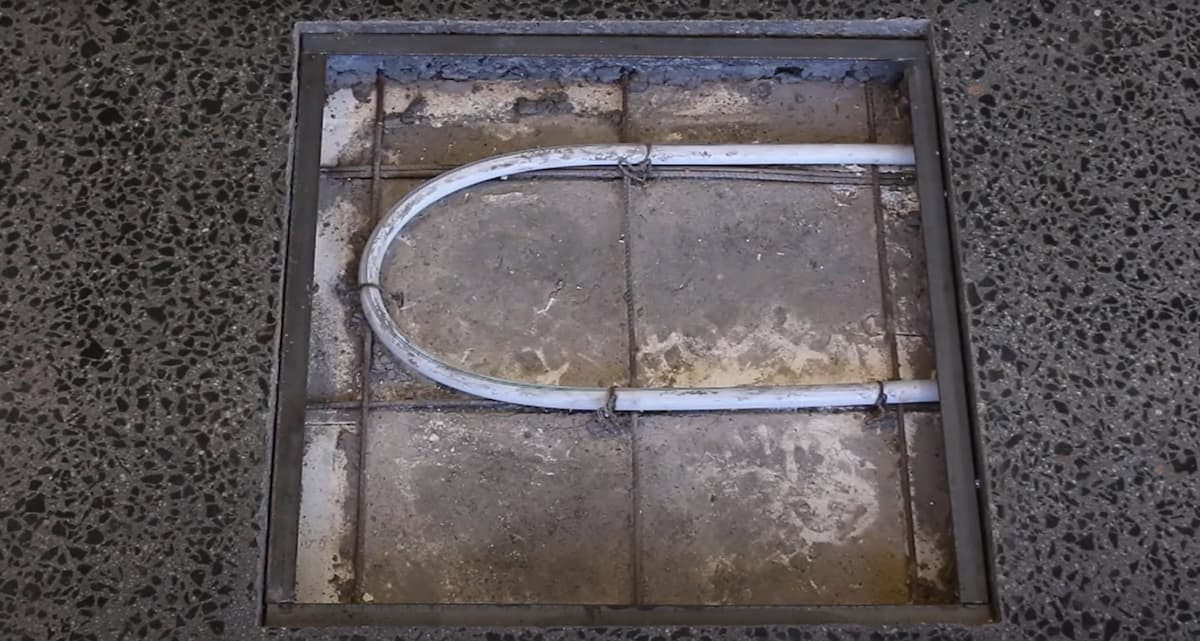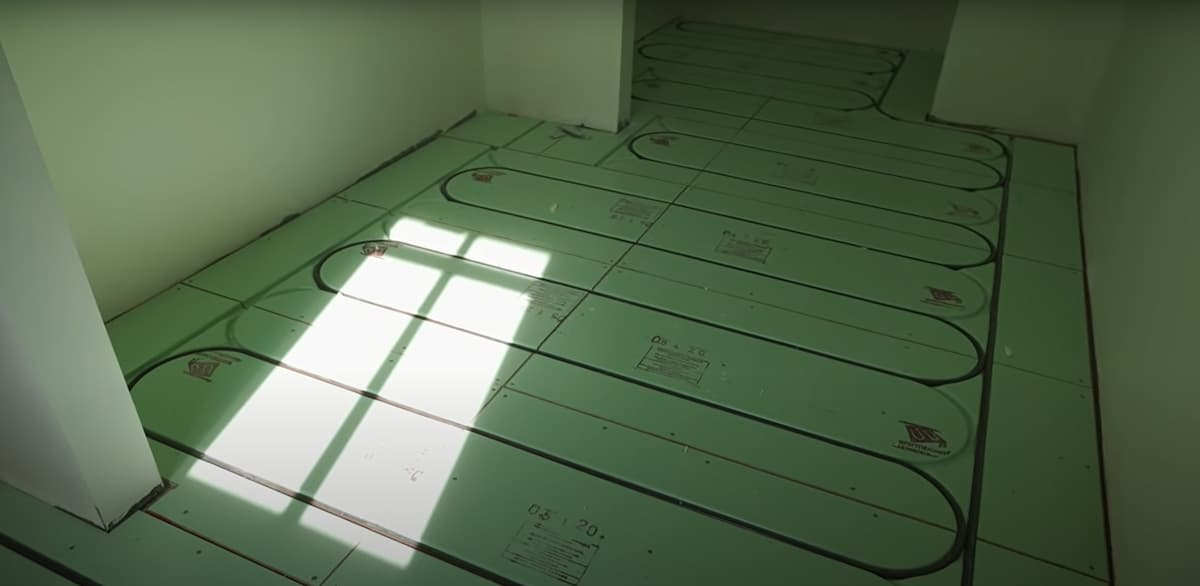When it comes to flooring for a home renovation or a new build, there is a lot to be considered when it comes to timber flooring.
If you’ve chosen to look beyond tile, polished concrete and laminate and decided to go with a more natural timber flooring then you’re likely stuck between the solid vs engineered timbers. Both floor types do look great as timber floors, though the lifespan solid hardwood offers aren’t ideal.
As you might already know, engineered timber flooring is a composite-type material that’s been developed with multiple layers to make it mimic solid hardwood. It’s generally made of a cover, a solid hardwood timber sheet and then the bulk wood is plywood.
For solid timber flooring, this board is essentially a hardwood species that’s been cut into boards of solid hardwood and that’s all. These boards make up the hardwood timber floor. Unlike the composite or engineered timber types, this wood floor is a raw and more ‘authentic’ vs engineered.
With that out of the way, let’s have a look at the two most popular flooring options when it comes to getting that ‘real’ timber look.
What is Solid Timber Flooring
To keep things simple, wood floors are made from planks of timber in various widths and thicknesses — these planks are either cut in their respective sizes as a solid from a trunk or they’re a composite of a few different timbers sandwiched and glued together.
Solid timber flooring is the former.
As you may know, solid timber floorboards look fantastic and are a hefty and good-feeling flooring material for low-traffic areas or parts of the home that demand the older, rustic type of timber flooring.
To add, a solid hardwood floorboard will need to be polished and treated for use in the home as these are a raw product. From the sawmill, these hardwood timber floorboards require a little bit of a sanding down and polish.
However, there are a few downsides to hardwood timber floors we’ll take a look at below.
Which is Better, Solid or Engineered Wood Flooring?
Getting into the nitty-gritty, it’s easy to see that there are two very different use cases for these timbers. One is best used in a home that is going to endure more foot traffic, and the other is a little more delicate.
Of course, the timber that’s better will depend on where you’re installing the solid timber and engineered timber. For hallways and areas where you’re likely to see a lot of foot traffic, the solid timber floor will show a fair bit of wear and tear when compared to the protected engineered flooring.
Another point that may make engineered timber a little more enticing is the fact it’s a little more affordable in some cases and it’s also easy to repair should something happen to it. A typical solid wood floor with raw, then pre-finished timber floorboards may age gracefully, though it’s harder to maintain.
To end, for those who would like to go ahead at installing engineered hardwood flooring, it is a little easier to install than its solid hardwood counterpart. You’ll have a few fewer steps here when compared to the hardwood timber floor’s six week install time; it’s a lot less time-consuming. You can read the guide on FloorVenue for the smooth installation of engineered timber floorboards.
Which is More Durable, Hardwood or Engineered Hardwood?
As we mentioned above, the major differences between these two types of wood flooring solutions are their levels of durability. Hardwood is essentially a raw product, which means it’s only as solid as nature enabled it to be, engineered timber flooring that has been manufactured, however, is a whole lot tougher.
Breaking down the engineered hardwood, you’ll notice that there’s just a sliver of hardwood in here sandwiched between either plywood or composite base and a wear layer on the top. This means that the engineered hardwood planks are designed to take a beating while still requiring very little maintenance to stay looking nice and glossy.
Again, if you’re looking at a renovation but aren’t too sure about which timber floorboards to look at, have a think about how frequently this timber is going to tread on. If it’s a whole lot, or if it’s in a risky location like a home gym, the engineered timber is your best option over installing solid timber.
What is an Engineered Timber Floor?
Finally, we’ll get into what an engineered hardwood actually is to help you make a decision about which option is best for you.
When hardwood floors are concerned, these floorboards are essentially 100 per cent hardwood in thickness, there is nothing else present here. Although this may seem like it benefits the quality, it, in fact, means there’s more space for compression in the timber hardwood floor.
An engineered hardwood floor’s structure, however, has a protective layer and the plywood base we spoke about above – it’s a lot stiffer and more durable, perfect for that family looking for a hardwood look without the cons of solid hardwood.





